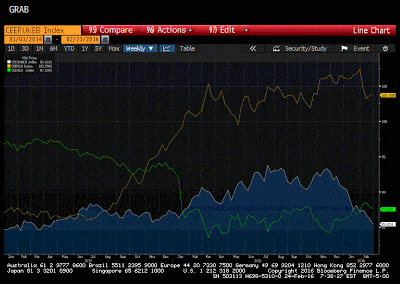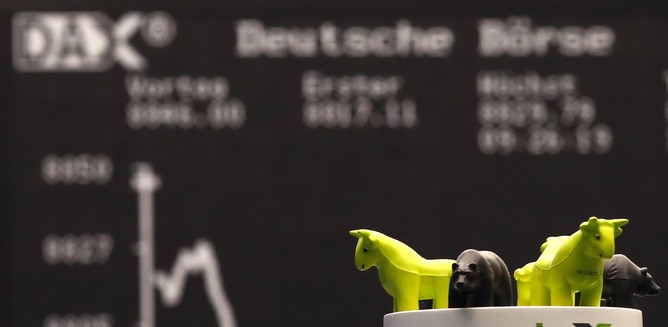Technical Considerations Favor Further Dollar Gains
As systemic anxiety eased, the US dollar got better traction. The dollar-bloc currencies managed to hold their own as cross positions were unwound.
Major bourses posted gains for the second consecutive week. With the recent advance, several markets, including the S&P 500, FTSE and Sweden, China, Korea, and Taiwan are now positive on the month.






